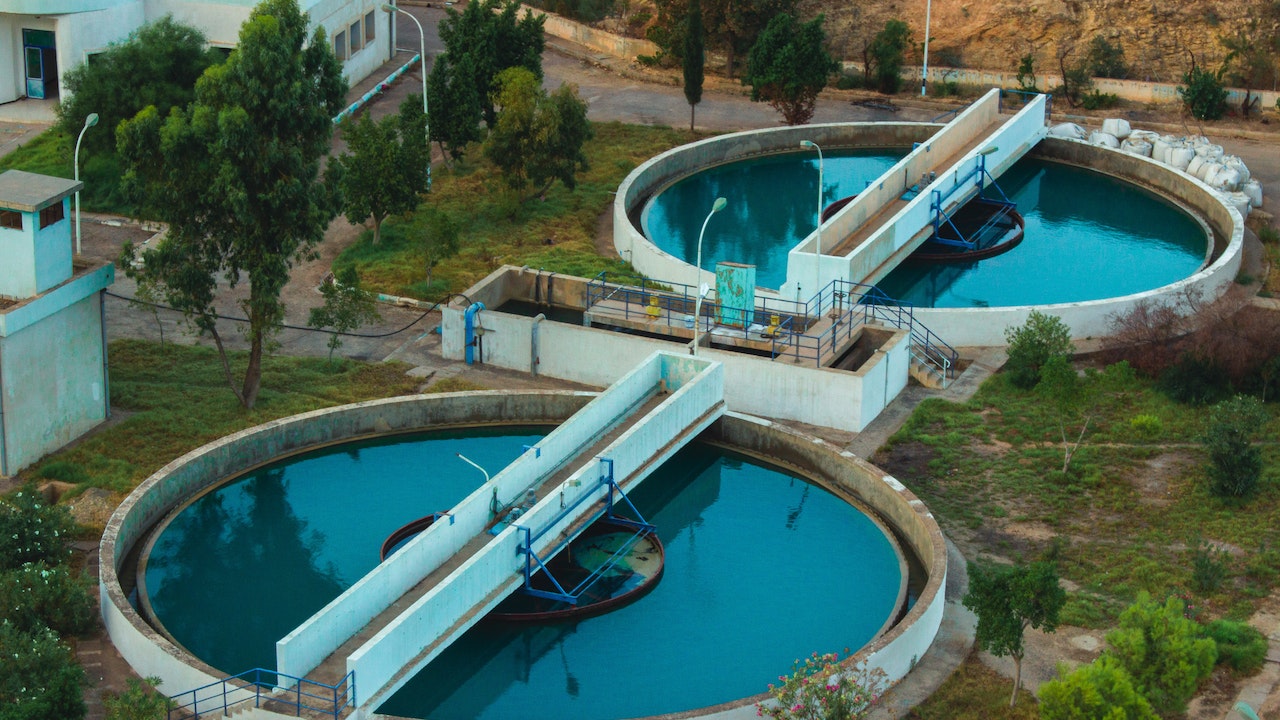From Sewage to Solution: Innovations in Wastewater Treatment

Wastewater treatment has come a long way since the days of dumping sewage into rivers and oceans. With the increasing demand for clean water and the recognition of the impact of wastewater on the environment, the industry has been undergoing rapid innovation in recent years. In this blog, we'll explore the latest advancements in wastewater treatment and the ways they are helping to make the world a cleaner, greener place.
One of the biggest challenges in wastewater treatment is dealing with the high volume of organic waste produced by households and industries. Traditional methods of treating wastewater often rely on natural processes like aerobic digestion and sedimentation. However, these methods can be slow and unreliable, especially in situations where the volume of waste is high.
To overcome this challenge, researchers have developed new and innovative technologies to treat wastewater in a faster, more efficient, and more effective way. One of these technologies is membrane bioreactors (MBRs), which use a combination of physical and biological processes to remove pollutants from wastewater. MBRs are more effective than traditional methods because they can remove even the smallest particles from the water, including bacteria, viruses, and chemicals.
Another technology that has been gaining popularity in recent years is the use of microorganisms to break down organic waste in wastewater. This process, known as biological treatment, uses a combination of bacteria, yeast, and other microorganisms to convert organic waste into water, carbon dioxide, and biomass. This process is highly effective and can be used in both industrial and municipal wastewater treatment systems.
Another innovation in wastewater treatment is the use of constructed wetlands. Constructed wetlands are man-made ecosystems that mimic the natural processes of wetlands, and are used to treat wastewater by using plants and microorganisms to remove pollutants. These systems are cost-effective and environmentally friendly, as they rely on natural processes to clean the water.
Finally, advancements in membrane technology have also helped to revolutionize the wastewater treatment industry. Membrane filtration systems use tiny pores to filter out pollutants and are highly effective at removing a wide range of pollutants from wastewater, including bacteria, viruses, and chemicals. These systems can be used in both large-scale and small-scale wastewater treatment systems, making them an ideal solution for a wide range of applications.
In conclusion, the wastewater treatment industry has made huge strides in recent years, with new and innovative technologies being developed to help clean up the world's water supply. From the use of membrane bioreactors to the development of constructed wetlands, the future of wastewater treatment looks bright, and we can all look forward to a cleaner, greener future as a result.
- READ MORE ON:
- Wastewater treatment
- innovations
- sewage
- water pollution
- water management
- sustainable development
- water conservation
- water reuse
- water recycling
- water filtration
- water treatment plants
- membrane technology
- aerobic treatment
- anaerobic treatment
- bioreactor systems
- constructed wetlands
- water disinfection










